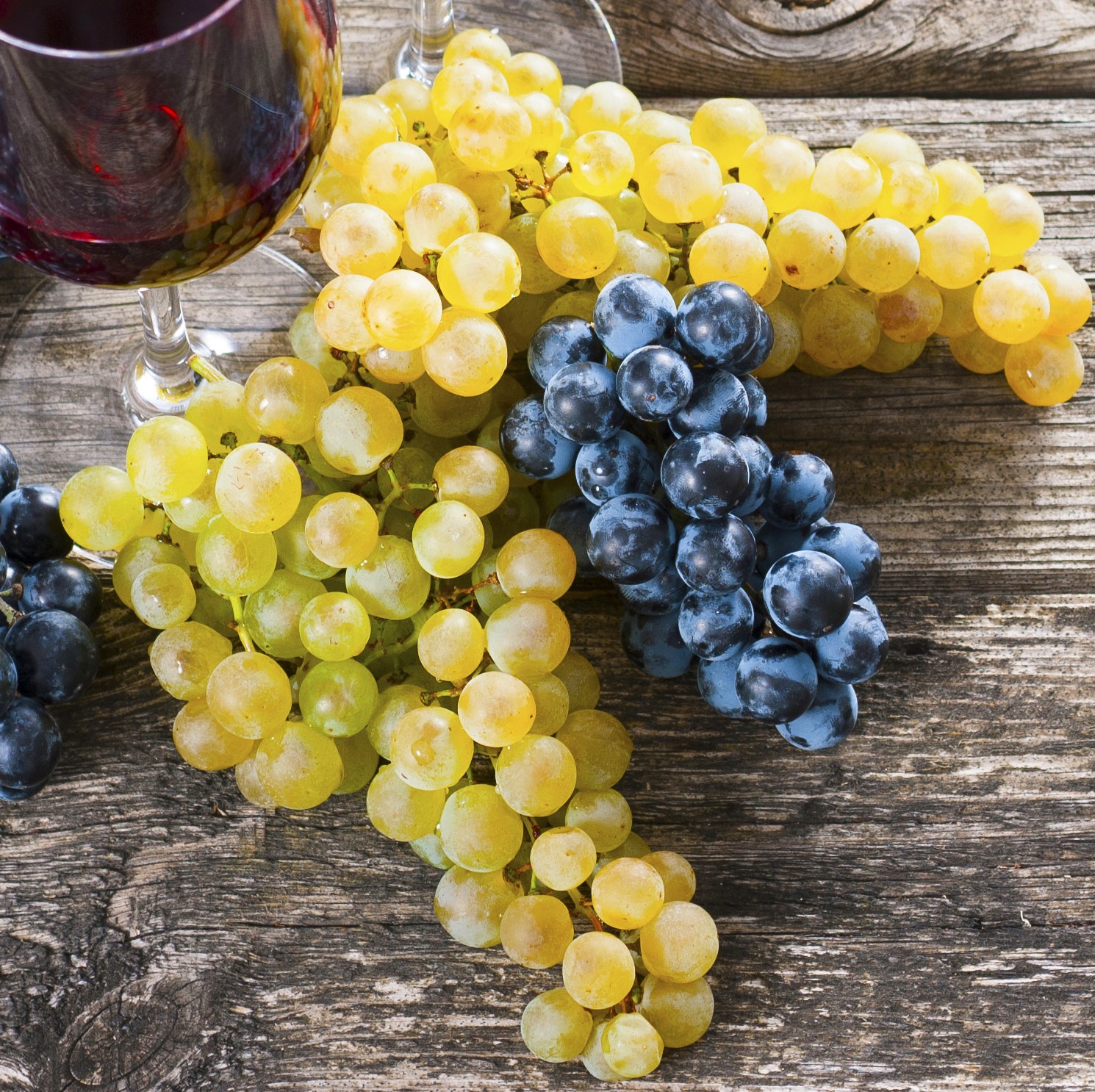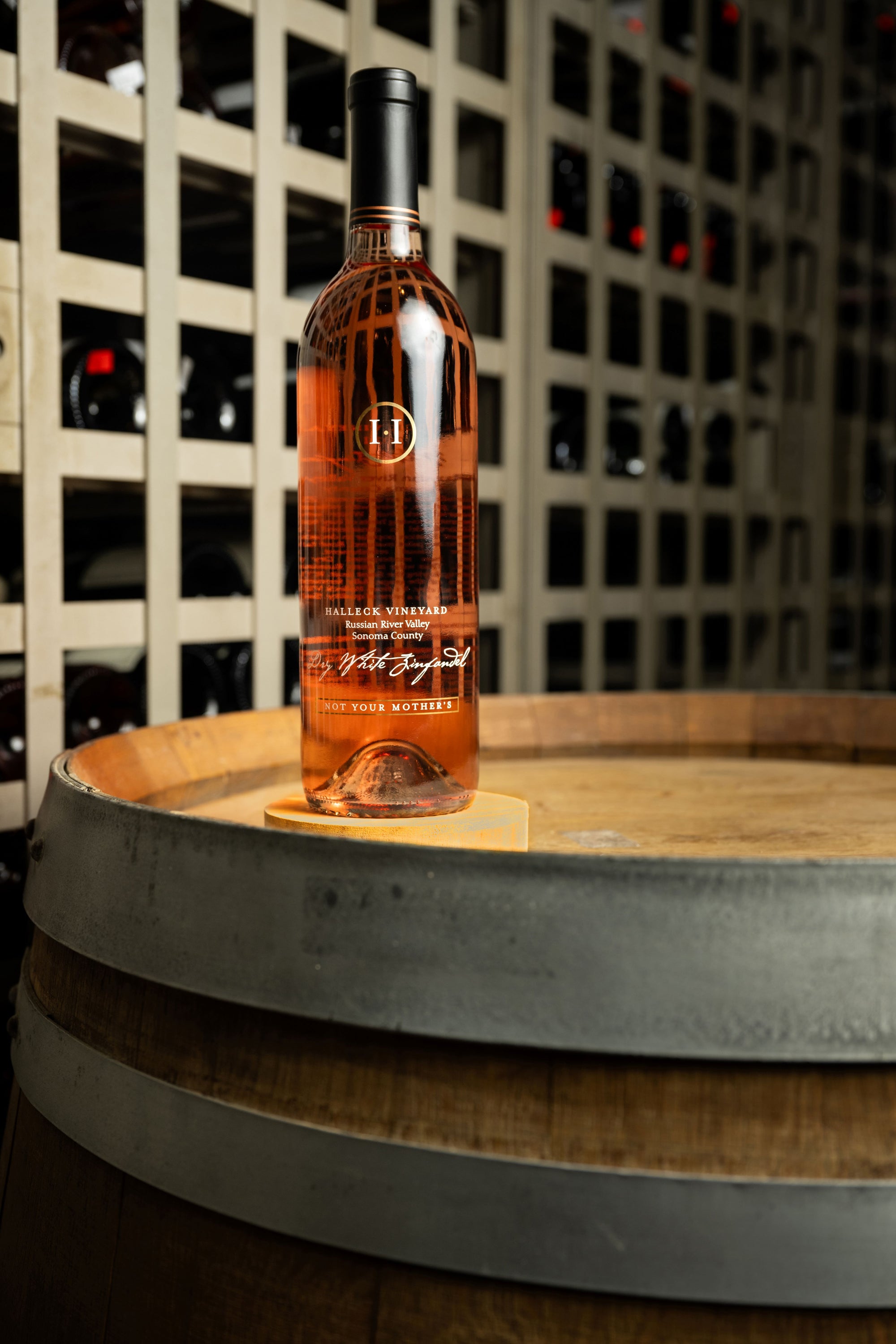Charming Wineries With Views In Sonoma Valley - Wine Tours And Tastings In Sebastopol
Charming Wineries With Views In Sonoma Valley - Wine Tours And Tastings In Sebastopol
Blog Article
Spectacular Vineyard Views In Sonoma - Best Vineyard Visits In Sonoma
Wine tasting is an art that requires practice and an understanding of assorted features concerned in the course of. One essential element of wine tasting is the development and interpretation of tasting notes, which serve as a guide for both novices and seasoned connoisseurs. A Guide To Understanding Winery Wine Tasting Notes can enhance your wine-tasting experience, making it more meaningful and pleasant.
Tasting notes are concise descriptions that capture the essence of a wine’s flavors, aromas, and general character. Normally composed by professional tasters, winery tasting notes provide insights into the nuances of various wines. They might help wine enthusiasts perceive what to expect from a specific bottle. Nonetheless, tasting notes can range widely in style and detail primarily based on the writer's experience and palate.
Wineries With Sustainable Practices - Exploring Sonoma's Wine Landscape
When you first method a glass of wine, your senses will begin to engage instantly. The sight, odor, and style of the wine will converge to offer you a complete experience. Tasting notes usually begin with the visible assessment, the place the colour of the wine is taken into consideration. Shade plays a major position in indicating the wine’s age, grape variety, and even its flavor profile.
After assessing the visible aspect, the subsequent step involves swirling the wine within the glass. This motion aerates the wine, permitting its aromas to awaken. Smelling the wine offers critical insight into its complexity. The initial sniff can deliver a flood of scents that will include fruity, floral, natural, or earthy notes. This is usually the most subjective a part of tasting, as individual experiences can dramatically differ.
In winery tasting notes, descriptors are sometimes categorized into primary, secondary, and tertiary aromas. Major aromas normally stem from the grape variety, secondary aromas derive from fermentation processes, and tertiary aromas come up from growing older. Understanding these categories may help you recognize the depth of a wine, and they also provide the vocabulary to precise your experience better.
Wineries Offering Educational Wine Seminars - Discovering Sonoma Area Wineries
Following the olfactory encounter, your focus will shift to the taste of the wine. This is the place the primary characteristics—sweetness, acidity, tannins, alcohol—come into play. Tasting notes typically detail these flavors in a quantity of dimensions, together with the initial attack in your palate to the lingering end in your tongue. A high-quality wine will present a harmonious steadiness between these factors.
Whereas tasting, it is essential to contemplate the physique of the wine, which may be described as light, medium, or full. The physique contributes significantly to your total impression, helping you contemplate how the wine pairs with food or whether it stands alone as a sipping wine. Balancing the body with the opposite traits will give you a fuller understanding of what the wine has to offer.
The finish of the wine, additionally referred to as the aftertaste, is another crucial aspect typically included in tasting notes. A long, nice end usually indicates a higher high quality wine, whereas a brief or cloying aftertaste might suggest in any other case. Evaluating the finish can offer further insight into the wine's complexity and distinction.
Understanding the context of winery tasting notes can be useful. Tasting notes can present contextual details about the vineyard's location, local weather, and grape-growing practices. This context provides one other layer of appreciation for the wine, allowing enthusiasts to attach the sensory experience with its origins, thus enhancing the enjoyment additional.
Exclusive Wine Clubs In Sonoma - Sebastopol Area Wine Tasting
Many wineries present tasting notes on their websites or labels, often written in an approachable but informative style. Nonetheless, not all winery tasting notes are created equal. Some could also be overly technical, whereas others might prioritize marketing flair over insightful analysis. Learning to navigate these notes can arm you with the information to make knowledgeable selections when choosing wines.
Taking Part in tastings at wineries can also deepen your understanding of wine tasting notes. Interacting with knowledgeable employees can provide you a more hands-on strategy to exploring completely different wines and the language used to explain them. Best Wineries For Wine Tasting In Sonoma. You May have the chance to ask questions, have interaction in discussions, and probably Going Here refine your palate in real time.
Experimentation is important for mastering wine tasting notes. As you sample completely different wines, try making your own notes. Focus on describing the wine’s colour, aroma, style, and end. Over time, you’ll develop a private vocabulary that resonates together with your sensory experiences. Every note you create will help refine your palate, allowing you to understand wines at a deeper level.
Wineries In The Heart Of Sonoma County Wine Region - Exploring Sonoma's Wine Landscape
In conclusion, a Guide To Understanding Winery Wine Tasting Notes presents a complete framework for diving into the world of wines. It equips you with the strategies and language essential to articulate your experiences. Whether you're a casual drinker or a dedicated aficionado, understanding and utilizing tasting notes can profoundly influence your wine journey. This knowledge not solely enhances your enjoyment but in addition connects you deeply with the rich narratives every bottle tells. By embracing this journey, you turn into a part of the gorgeous mosaic of wine tradition, where every sip unveils a model new story waiting to be found.
- Wine tasting notes usually encompass a variety of sensory descriptions, together with aroma, flavor, acidity, body, and finish, permitting tasters to totally recognize the wine's characteristics.
- To enhance your understanding, familiarize your self with widespread wine terminology such as "tannins," "oakiness," or "terroir," which might help decipher the notes extra successfully.
- A systematic method to tasting entails first visually assessing the wine's shade and readability, adopted by swirling to release aromas, then inhaling and describing what you experience.
- Taking notes throughout tasting can help establish patterns over time, enhancing your palate and making it easier to recall preferences for future alternatives.
- Don't overlook the affect of food pairings; tasting notes can differ greatly when a wine is enjoyed with complementary flavors, altering notion and delight.
- Pay attention to the wine’s vintage, as climatic conditions in a given 12 months can significantly have an effect on the final product, including one other layer to the tasting notes.
- Consider the winemaker's style and philosophy, which can form the wine's profile and influence how its notes evolve with each sip.
- Training with completely different grape varieties can broaden your vocabulary; every type brings unique traits that may enhance your capacity to articulate tasting notes successfully.
- Partaking with wine professionals or attending tasting events can provide priceless insights, offering a richer context for understanding personal tasting notes.
- Remember that tasting is subjective; particular person preferences and experiences will form one’s interpretation of the identical wine, enriching the general enjoyment of wine exploration.
What are wine tasting notes?
Wine tasting notes are descriptive feedback made by tasters concerning the look, aroma, taste, and end of a wine. They provide an summary of the wine's characteristics and might help consumers understand the style and high quality of the wine.
Scenic Vineyard Tours In Sebastopol - Wine Tasting And Vineyard Tours In Sonoma
Why are tasting notes necessary when selecting wine?
Tasting notes can guide you in choosing a wine that suits your palate. They present insights into flavors and aromas, serving to you to match wines with food or occasions. Understanding these notes enhances your overall wine experience.
How ought to I read wine tasting notes?
(Wine Tasting Events In Sonoma County)
Wineries In Sebastopol - Vineyard Experiences In Sonoma
When reading wine tasting notes, take note of the construction: look for descriptions of shade, aroma, flavor, and finish. This will assist you to grasp the wine's profile and decide if it aligns with your preferences.
What terms generally appear in wine tasting notes?
Widespread phrases include "tannin" (the structure), "acidity" (the crispness), "physique" (the weight), and varied flavor descriptors like "fruity," "earthy," or "spicy." Familiarizing yourself with these phrases can deepen your understanding of wine.
Wineries Offering Educational Wine Seminars - Wine Tasting And Vineyard Tours In Sonoma

Am I Able To create my very own tasting notes?
Yes! Writing your individual tasting notes can improve A winery in the Sonoma Valley to discover. your wine tasting experience. Focus in your observations of taste, aroma, and other sensory characteristics. This personal practice can help you refine your palate over time.
How do I identify the aromas in wine tasting notes?
Wineries With Unique Gamay Wines - Sonoma Wine Tasting Adventures
To determine aromas, practice smelling quite so much of scents and associating them with wines. Swirl the wine in your glass to release its aromas, then take a moment to breathe in deeply before figuring out any outstanding scents.

What is the distinction between professional and personal wine tasting notes?
Professional tasting notes might use more technical language and specific terminology, whereas personal tasting notes are subjective and reflect individual experiences. Each are valuable for understanding and enjoying wine, however personal notes could resonate more together with your distinctive tastes.
How can tasting notes enhance my wine appreciation?
Innovative Wine-Making Techniques In Sonoma Valley - Sebastopol's Vibrant Wine Scene
Tasting notes can improve your appreciation by serving to you to know and articulate the complexities of wine. They encourage aware tasting and supply a framework for comparing totally different wines, leading to a richer enjoyment of the beverage.
Are there any apps or tools to help with wine tasting notes?
Yes, there are several apps designed to help customers report and manage their tasting notes. These instruments typically supply features like flavor wheel guides and wine database searches, making it easier to track your journey through completely different wines. Report this page